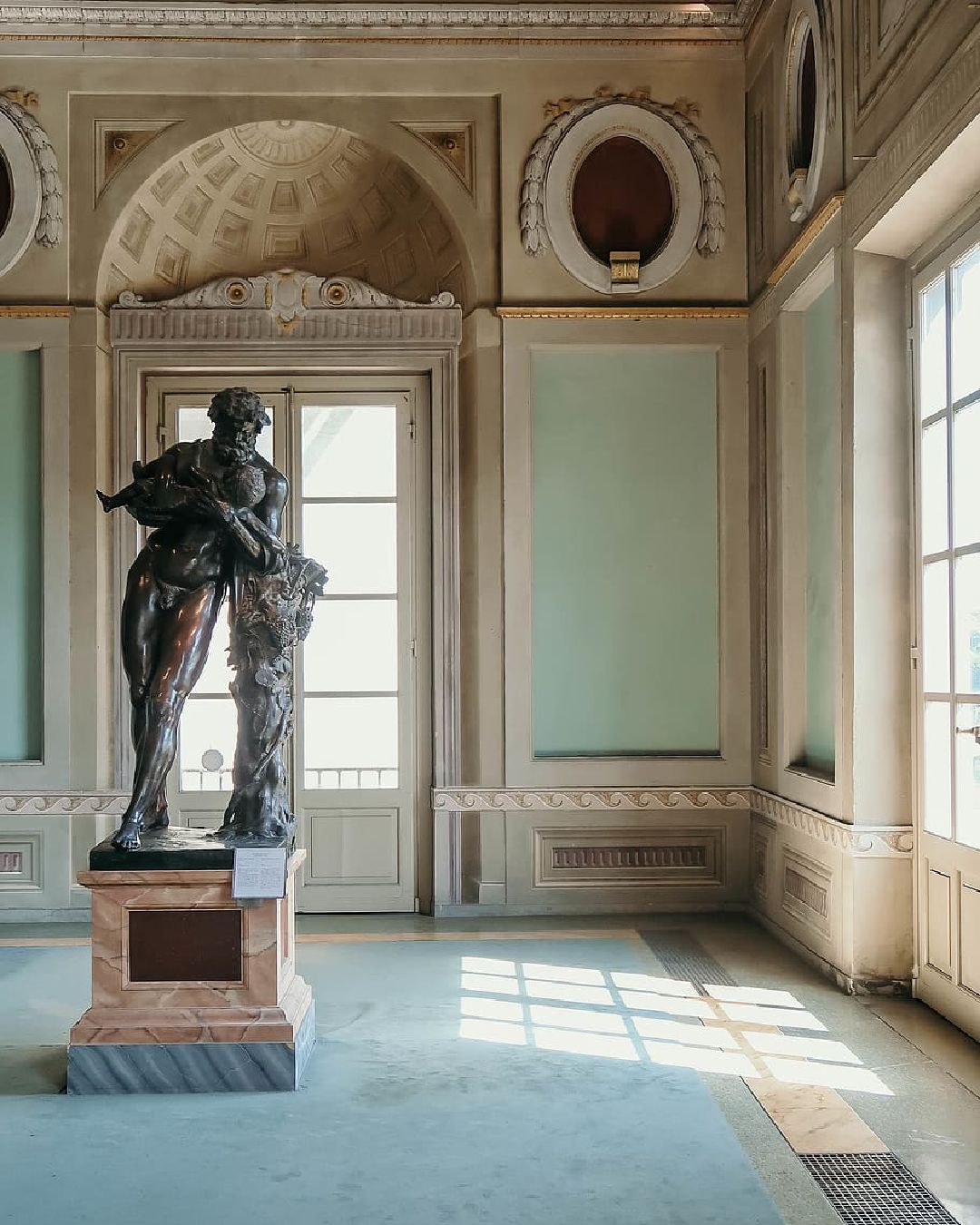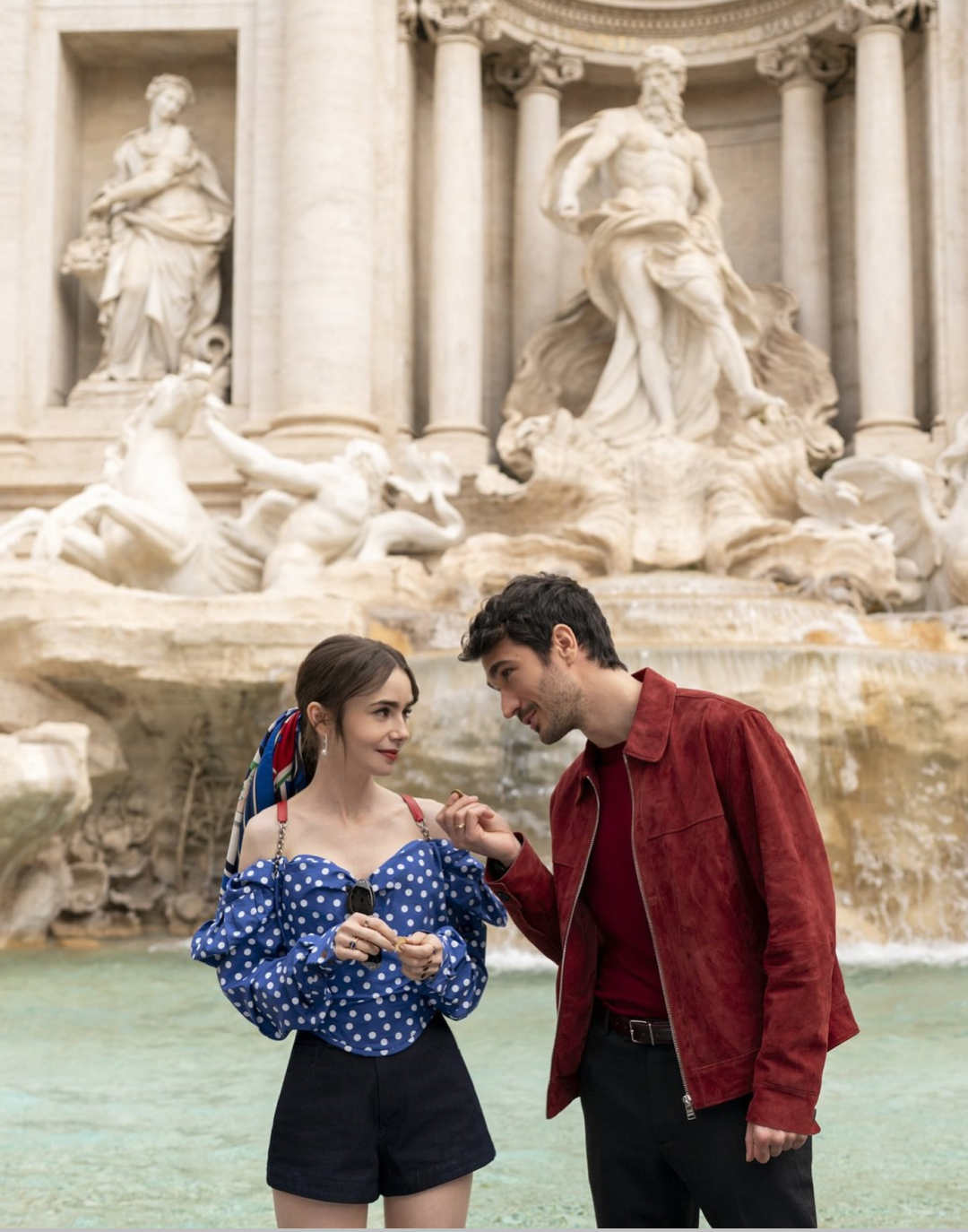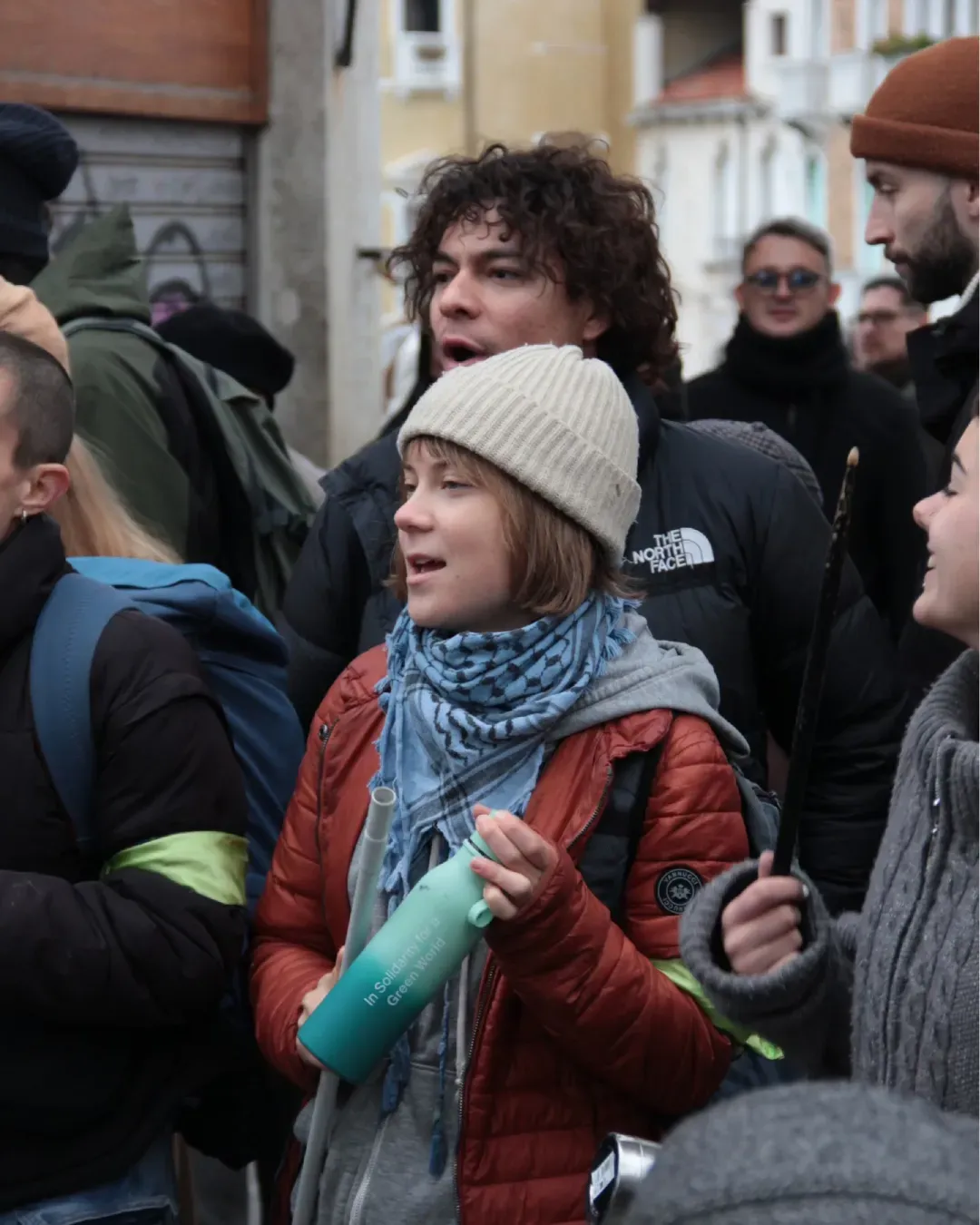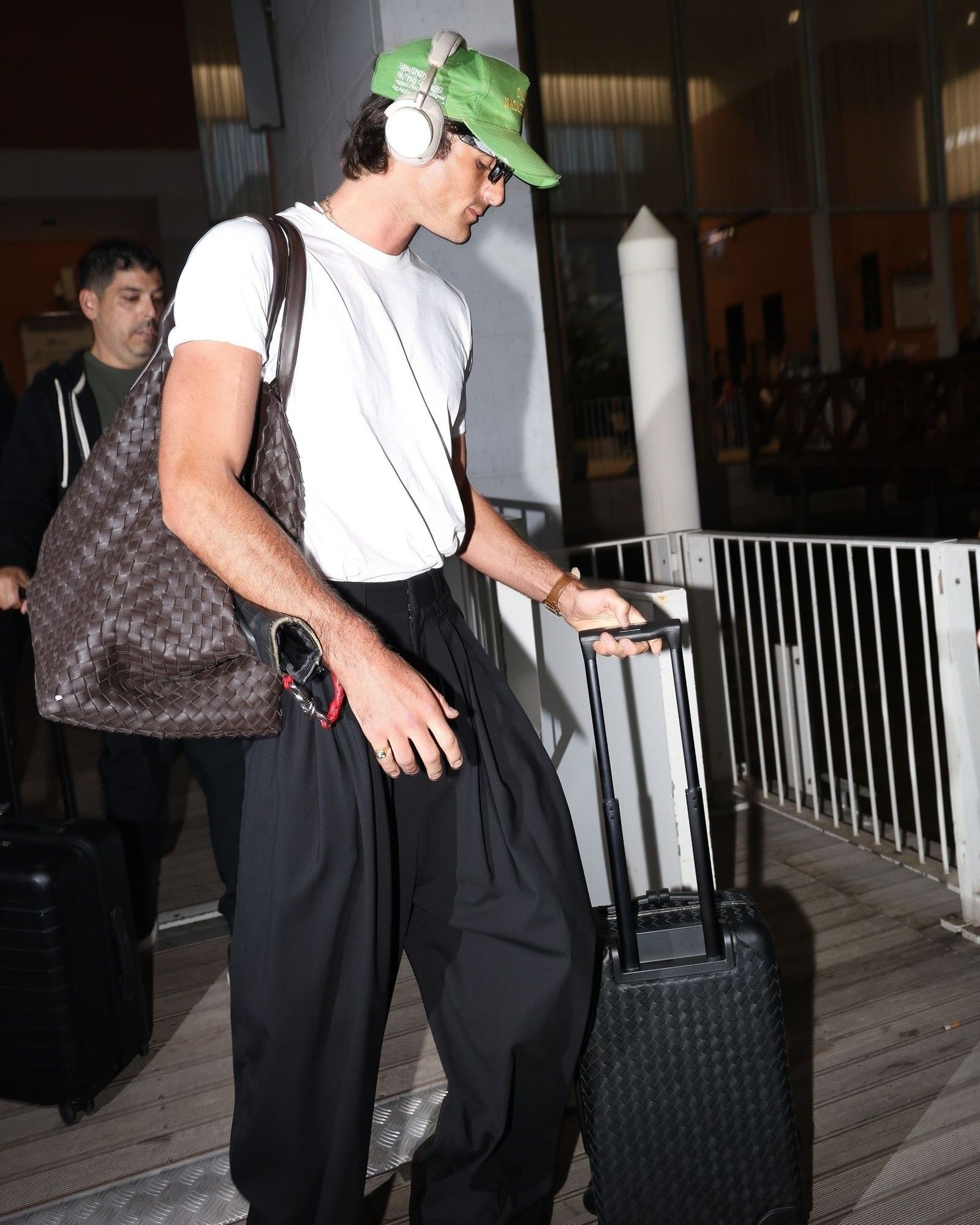
Does the Italian government not want more foreigners to lead museums? Different constraints imposed on management by the new notice have raised several criticisms
The term of office of the directors of the twenty leading Italian museums lasts four years and is only renewable once. Those who were appointed in 2015 under the Franceschini reform, and then re-appointed in 2019, will no longer be able to run for office. The Ministry of Culture has started the procedures to choose the directors of some of Italy's most important museum institutions - including the Pinacoteca di Brera, in Milan, or the Uffizi in Florence. By 15 November the names of the selected persons should be known. Since 2015, thanks to the Franceschini reform, European citizens can also apply for directorships in Italian museums, but as the Washington Post reports, this possibility is not looked on favorably by the Italian government, which has made it clear that it prefers Italian directors to lead the country's museums.
The competition for museum management in Italy
Today there are nine foreigners at the top of the most important Italian museums - for example, the director of the Uffizi, Eike Schmidt, is German, the director of the Pinacoteca di Brera, James Bradburne, is English, while at the head of the Capodimonte Museum in Naples there is Sylvain Bellenger, French. These are also three of the four so-called 'first tier' directors, namely those who lead very important museums, whose mandate will expire at the end of the year. Overall, the competition will lead to the replacement of 13 museum directors, including those in the 'second tier'. The current Minister of Culture Gennaro Sangiuliano told The Washington Post that although the possibility of appointing more foreign directors is still there, it is the government's intention to try to favor Italian applicants, without focusing too much on other nationalities - something he said had happened too frequently in the past. «Their choice must not become reverse provincialism,» Sangiuliano said. In favor of a smaller foreign presence at the top of Italian museums, the current undersecretary for culture Vittorio Sgarbi - already known for his controversial statements - also spoke out in favor of the need for candidates to «get to know more closely the needs of the realities for which a director is being sought.»
The new evaluation commission and application rules
The new notice published by the ministry to choose who will lead some of Italy's major museums has been much criticized because it seems to be designed to disfavor applications from foreigners. First of all, the five members of the evaluation commission - announced in July - are all Italian: in the 2015 commission there was at least the Briton Nicholas Penny, who then directed the National Gallery in London; in 2020 other foreigners were added, including the director of the Prado in Madrid, the Spaniard Miguel Falomir Faus. However the composition of the new commission was also disliked because two of its members are officials of the Ministry of Culture, and it is feared that their evaluations could be influenced by the clear stance taken by the government. In addition, it is criticized that only one art historian, the former director of the Museo Nazionale Romano Daniela Porro, is included. The new call for applications requires candidates to have a knowledge of the Italian language equal to B2, a level therefore considered intermediate according to the European scale of reference: This is the first time that such a condition has been introduced, which is why it seems aimed at putting foreigners at a disadvantage - in the 2015 call for applications, fluency in Italian, at any level, was considered an additional, but not binding, skill.
The achievements of the last museum directors in office
@uffizigalleries Aspettiamo i #selfie sullo specchio di Pistoletto
The number of visitors to Italian museums is increasing - between 2011 and 2019 they grew by about 25 percent - and the institutions run by foreigners have also had very positive results. At the Uffizi, during Schmidt's tenure, visitors increased by 15% - and over 4 million admissions were recorded in 2019. The same applies to its takings, which exceeded 35 million euros last year. The director of the Florentine museum had also taken a stand on the issue of staff shortages in museums and had proposed greater autonomy for individual institutions as a solution to some of these problems. Remaining in Florence, thanks to the direction of the German Cecilie Hollberg, who entered with the Franceschini reform at the helm of the Galleria dell'Accademia, in 2022 the Gipsoteca area, in which many sculptures are exhibited, was reopened to the public after years of work, and visitors also increased. And again: the Capodimonte Museum in Naples, under the leadership of Bellenger, closed 2019 with more than 250,000 visitors, making it one of the top five most visited cultural sites in Italy.















































